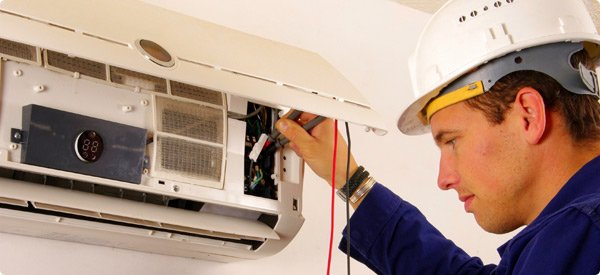3 Problems with Home Air Conditioners (and how to avoid them)
3 Big Problems with Home Central Air Conditioners
- Energy Waste
- Comfort Issues
- Defective Installation
Wasted Energy, Wasted Money
Most Air Conditioning systems are originally installed based on the lowest contractor bid. This focus on the “first cost” to purchase the system neglects the “operational cost” of the system. The operational cost includes maintenance and fuel consumption, just like your car. New cars come with a “Miles per Gallon” rating so you can estimate how much it will cost to operate. An air conditioning unite does have an efficiency rating called “SEER” and the higher, the better, but the rating only applies to the unit itself, not the installed system. The difference between a Quality Installation of your central air conditioning system and the ordinary low bid contractor installation is poor performance that wastes energy over the life of the system. The added operating cost from energy waste will cost thousands of dollars over the life of the system.
Comfort Issues: Rooms Too Hot and High Humidity
Home central air conditioning is typically installed as part of the HVAC (Heating, Cooling, Ventilation, Air Conditioning) system. Home occupant comfort depends on the performance of the whole house HVAC system, not just the size and labeled efficiency of the heating or cooling unit. Other components of your home with the big impact on occupant comfort are the ducts, controls, and thermal enclosure. The ducts are pipes that carry conditioned air to the rooms and back and often located in the attic or crawlspace. The controls are thermostat and humidistat that tell the system when to turn on and off. The thermal enclosure consists of the insulation and air barrier, and is part of the walls, windows, doors, ceiling and floors that prevent heat flow and air flow between outdoors and indoors.
Your indoor comfort depends on Quality Design for all parts of the HVAC System. The system design requires a balance between each component – HVAC unit, Ducts, Controls and Thermal Enclosure. Home performance contractors use measure the existing condition and specifications for each of these components, then recommend improvements or replacement based on engineered standards set by the Air Conditioning Contractors of America (ACCA) Manual J, Manual D and whole-house energy modeling to develop the Energy Performance Score (EPS) through the AlabamaWISE program.
Defective Installation
Testing of existing home HVAC Systems usually identify these common defects:
- Oversized air conditioning units. Contractors have traditionally oversized A/C with the goal of ensuring client satisfaction. The fact is, oversized air conditioning systems waste energy and don’t work as well and have higher cost of ownership than correctly sized equipment.
- Bad Ducts. Most existing duct systems were “field designed” by installation contractors on site instead of using ACCA manual D, so some rooms may not receive enough conditioned air to keep occupants comfortable. Duct connections often leak conditioned air to outside the home.
- Poor Insulation and Air Barrier. Insulation is often poorly installed, especially if fiberglass batts were used. Gaps, compressions and other defects cause excess heat to enter the home during summer months. Holes for plumbing, electrical, recessed lights and pipe chases allow hot humid air to leak in and conditioned air to leak out.
Most local building codes follow the minimum standards for individual HVAC and Thermal Enclosure (Insulation and Air Barrier) with few quality control requirements and no performance standards. In fact, most insulation work is never inspected at all!
Work standards for AlabamaWISE home performance contractors are higher than most state or local licensing requirements for air conditioning and insulation contractors. AlabamaWISE community energy program requires participating contractors to follow Quality Installation standards and be certified by the Building Performance Institute. Work by AlabamaWISE contractors is performance tested to verify it meets Quality Installation standards. The non-profit Nexus Energy Center also performs random inspections to verify contractors are doing quality work.



Comments are closed.